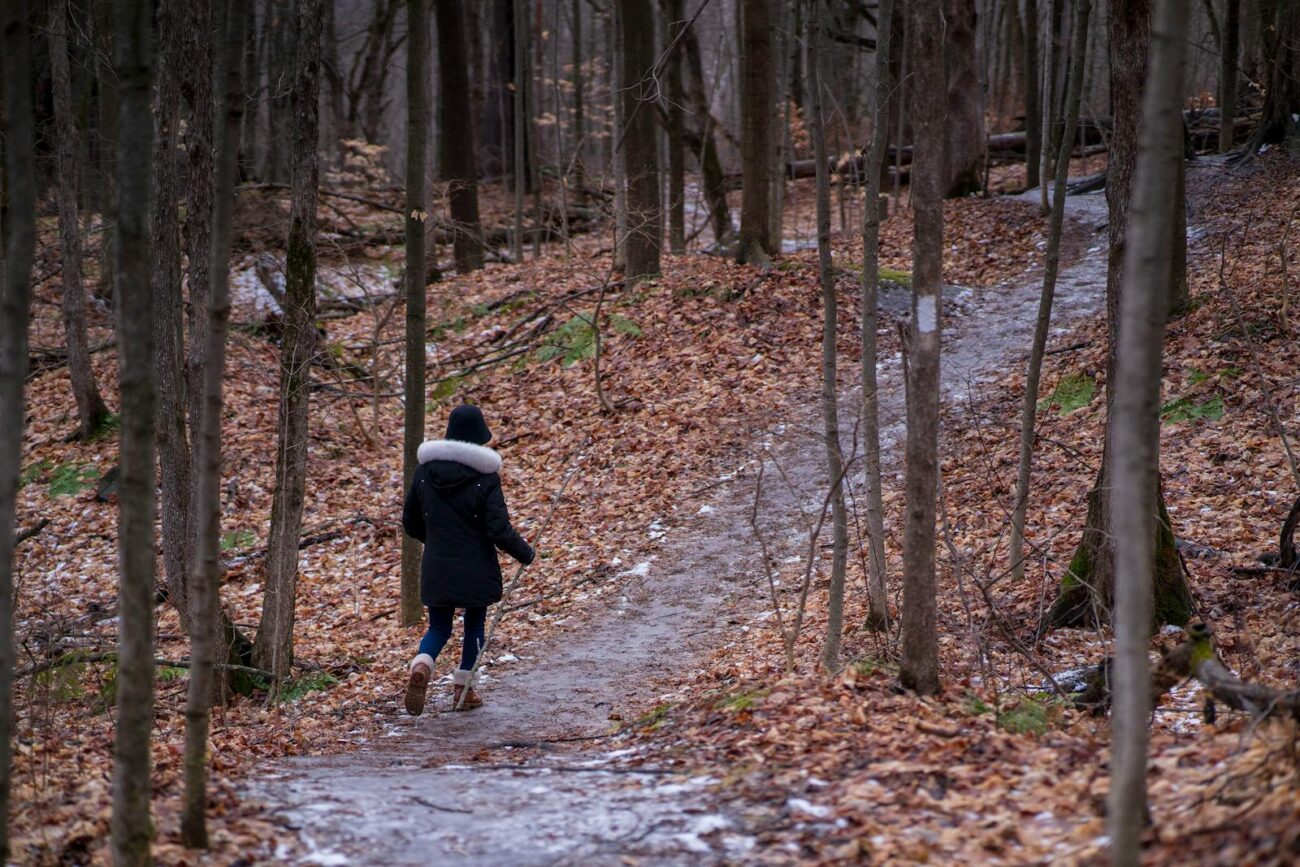The siren call of nature beckons many urban dwellers who yearn to trade concrete jungles for actual forests, skyscrapers for mountain peaks, and traffic jams for flowing streams. The transition from city living to trail life represents more than just a change in scenery—it’s a fundamental shift in lifestyle, priorities, and daily rhythms. Whether you’re considering weekend warrior status or a complete relocation to be closer to nature, this transition requires thoughtful preparation, skill development, and mental adjustment. This comprehensive guide will walk you through the essential steps to successfully bridge the gap between your urban existence and a more trail-oriented lifestyle, helping you avoid common pitfalls while maximizing the rewards of connecting with the natural world.
Assessing Your Current Outdoor Experience Level
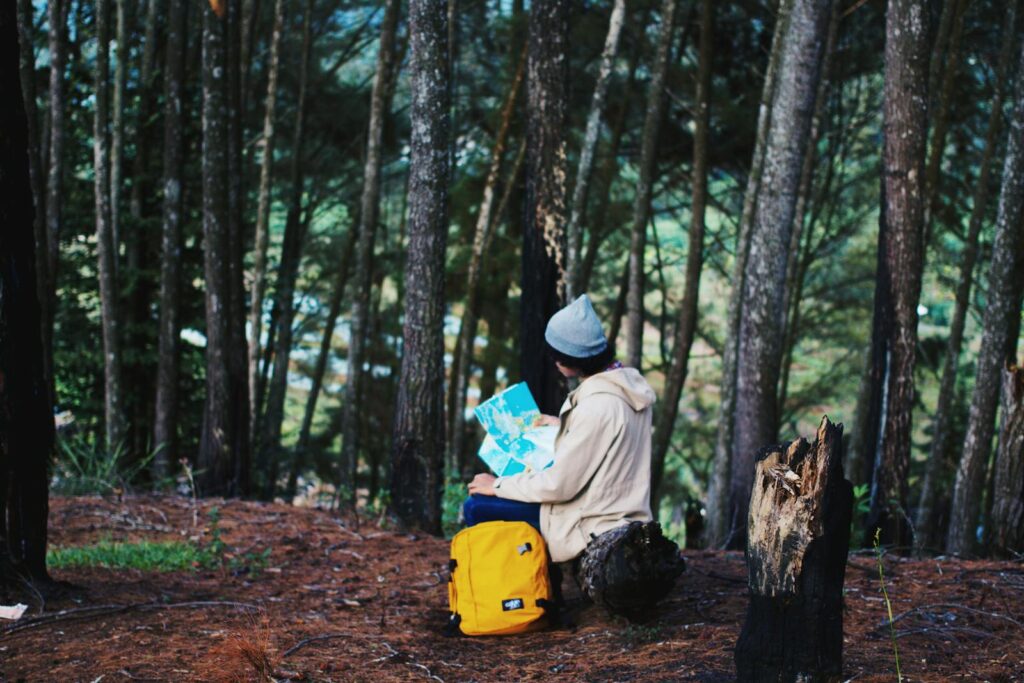
Before plunging headfirst into trail life, take an honest inventory of your current outdoor experience and comfort level. Have you been on multi-day backpacking trips, or does your nature experience consist mainly of city parks and the occasional day hike? Understanding your starting point will help you create a realistic progression plan that builds confidence rather than overwhelming you. Consider creating a simple experience matrix: list activities you’ve done, environments you’ve explored, weather conditions you’ve encountered, and skills you already possess. This self-assessment prevents the common mistake of overestimating abilities, which can lead to dangerous situations in remote settings where help isn’t readily available. Remember that even experienced outdoor enthusiasts continue learning throughout their lives—the outdoors offers endless opportunities for growth regardless of your starting point.
Building Your Physical Conditioning
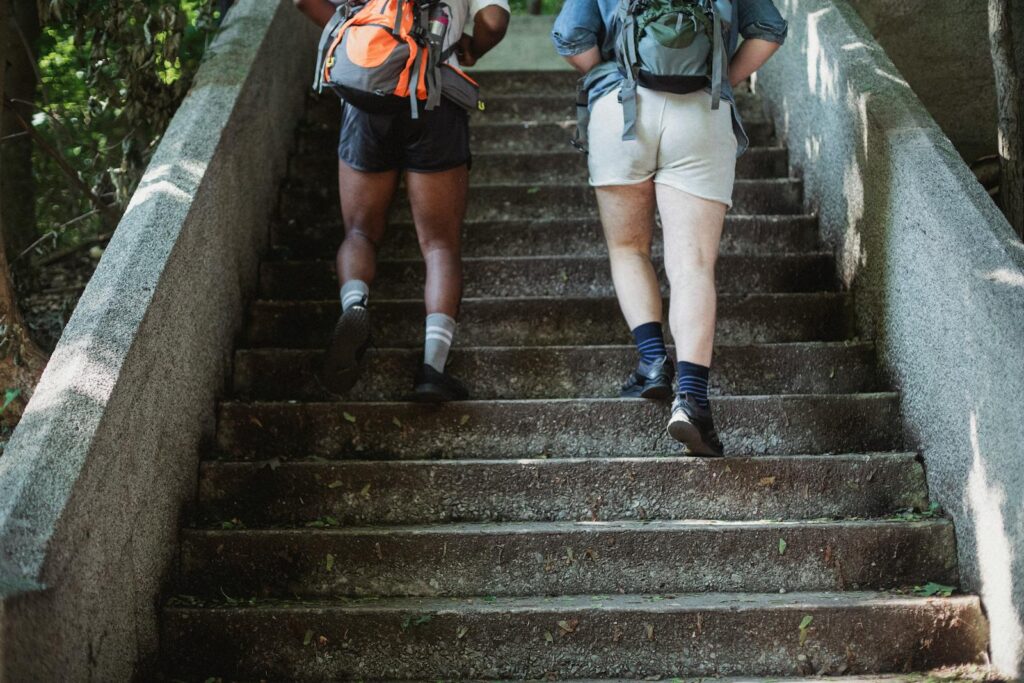
The physical demands of trail life differ substantially from typical urban activities, requiring targeted conditioning to prepare your body. Begin by incorporating regular cardio exercises that build endurance—walking, running, cycling, or swimming—while gradually increasing duration and intensity. Add strength training with emphasis on core stability and lower body power, as these muscle groups bear the brunt of hiking with a pack over uneven terrain. Don’t overlook the importance of balance exercises, which prepare you for navigating rocky, rooted trails while carrying weight. Create a training progression that mimics the actual conditions you’ll face: if you plan to hike mountain trails, find urban stairs or steep inclines for practice; if you’ll carry a heavy pack, train with a weighted backpack on your neighborhood walks. Remember that conditioning takes time—start at least 8-12 weeks before any major adventure to allow your body to adapt gradually and prevent injuries.
Essential Gear Acquisition Strategy
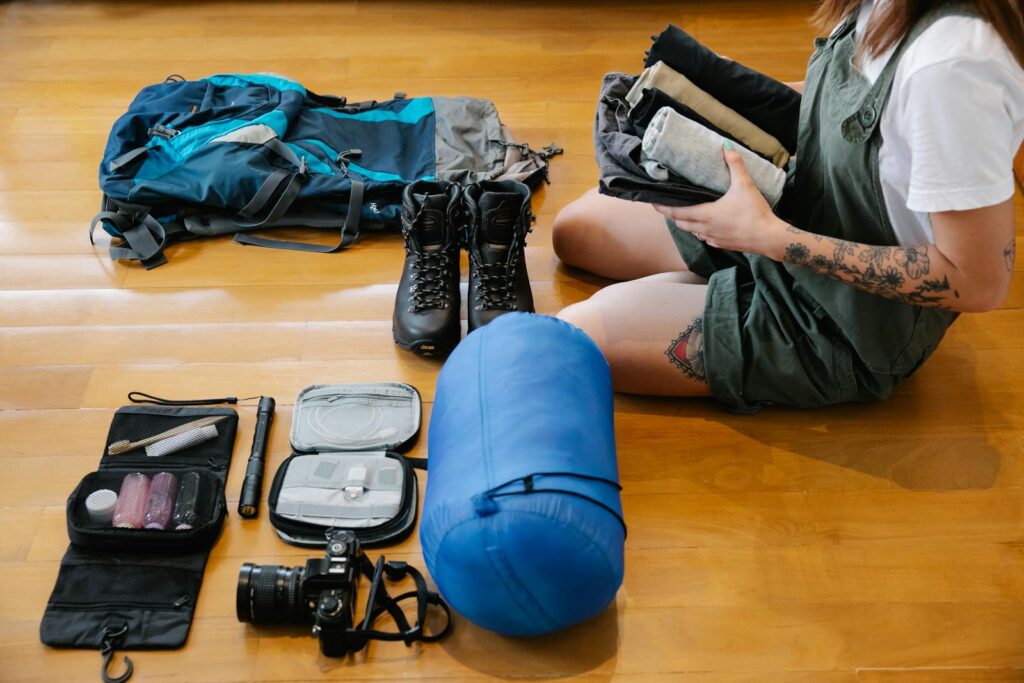
Transitioning to trail life often requires investing in specialized equipment, but this doesn’t mean purchasing everything at once. Develop a prioritized gear acquisition strategy based on safety, versatility, and frequency of use. Start with the foundations: quality footwear appropriate for your intended terrain, weather protection layers, navigation tools, and a comfortable backpack sized appropriately for your adventures. Consider renting or borrowing specialized equipment for occasional use before committing to purchases, allowing you to test what works for your specific needs and preferences. When ready to buy, research thoroughly and invest in quality for items where failure could compromise safety or comfort—particularly footwear, rain gear, and sleep systems. Remember that lightweight gear generally commands premium prices but rewards you with reduced physical strain on the trail. Create a spreadsheet tracking your gear inventory, noting when items need maintenance or replacement, and documenting what works well for your specific body and adventure style.
Navigational Skills Development
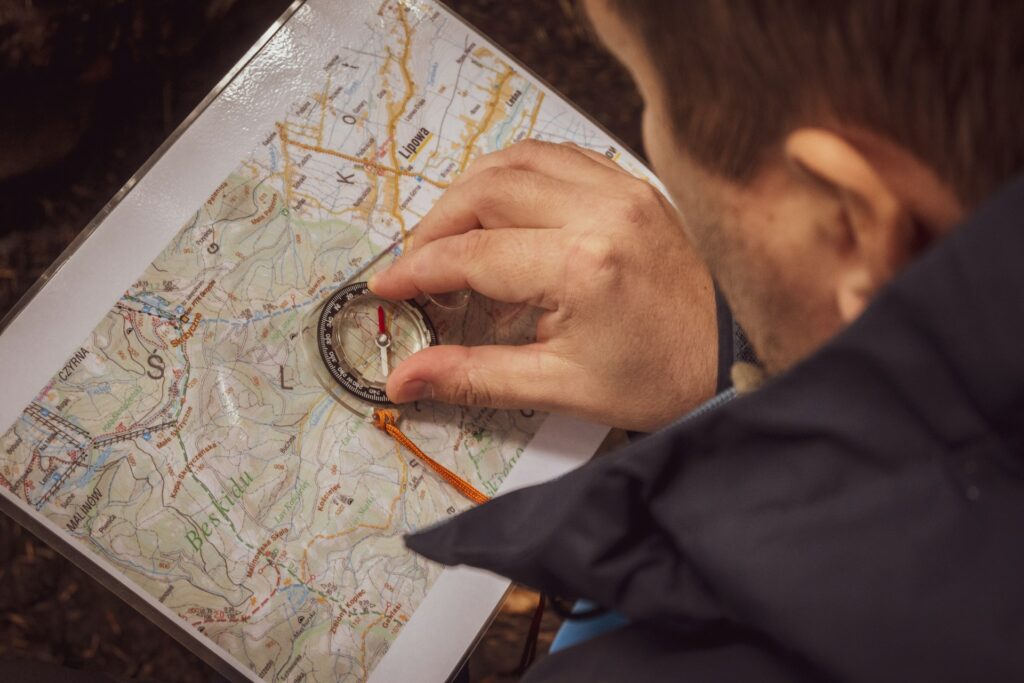
In the city, getting lost usually means a quick smartphone check or asking for directions, but in remote areas, solid navigational skills become essential safety tools. Begin by mastering map and compass basics through local orienteering clubs, REI classes, or community college outdoor programs. Practice these skills in progressively challenging environments, starting in familiar city parks before moving to more complex trail systems. Learn to read topographic maps, understand contour lines, identify terrain features, and maintain situational awareness even when trails are well-marked. Complement traditional navigation with digital tools like GPS devices or smartphone apps, but never rely solely on electronics that can malfunction, lose battery power, or lose signal. Create a personal navigation routine that includes checking your position regularly, noting landmarks, and maintaining awareness of bailout routes should conditions deteriorate. Remember that navigational confidence develops through deliberate practice in various conditions—day and night, clear weather and poor visibility.
Wilderness First Aid Preparation
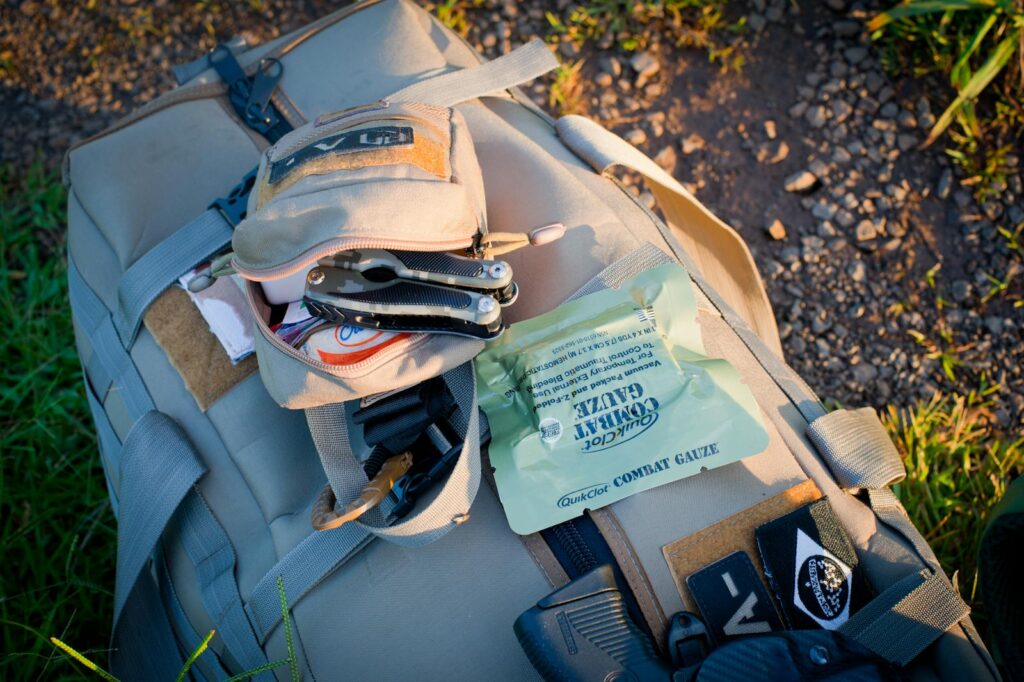
Urban environments typically offer rapid emergency response, but trail life requires self-sufficiency when injuries or medical issues arise miles from professional care. Invest in wilderness first aid training through organizations like NOLS, SOLO, or the American Red Cross, focusing on courses specifically designed for remote settings rather than standard first aid. Assemble a comprehensive first aid kit tailored to your specific medical needs, group size, trip duration, and environmental conditions you’ll encounter. Learn to assess and stabilize injuries, manage environmental emergencies like hypothermia or heat illness, and make evacuation decisions when necessary. Practice scenarios regularly with hiking partners to maintain skills and familiarity with your equipment. Remember that prevention remains your best strategy—learning proper biomechanics for hiking, understanding early warning signs of environmental illness, and making conservative risk assessments will help you avoid situations where advanced first aid becomes necessary.
Weather Interpretation and Planning
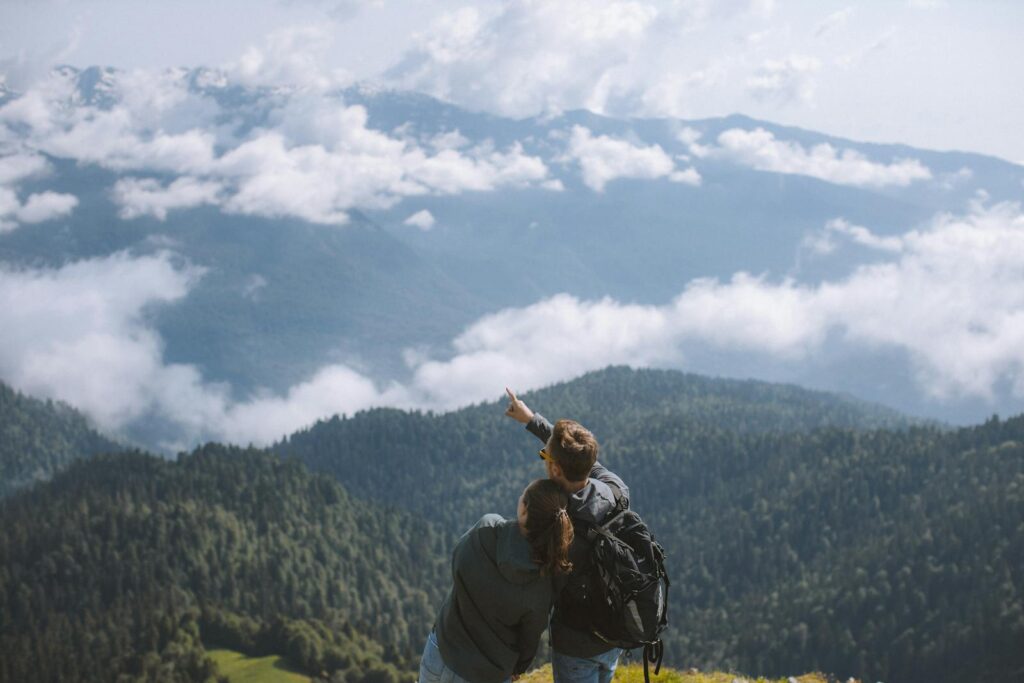
Weather in wilderness settings impacts safety far more dramatically than in urban environments, making meteorological literacy a crucial transition skill. Learn to read weather forecasts specifically designed for outdoor recreation, understanding that general city forecasts often lack the detail needed for trail conditions. Study local weather patterns in your chosen adventure areas, recognizing that mountain, desert, and coastal environments each have unique meteorological characteristics and hazards. Develop the ability to interpret cloud formations, wind shifts, and barometric pressure changes that might signal approaching storms. Create contingency plans for weather-related scenarios, including identified shelter locations, alternate routes, and clear turnaround criteria. Remember that weather conditions can vary dramatically with elevation changes and across relatively short geographic distances—a sunny valley might be experiencing clear skies while adjacent peaks are being battered by dangerous lightning storms.
Finding Your Outdoor Community
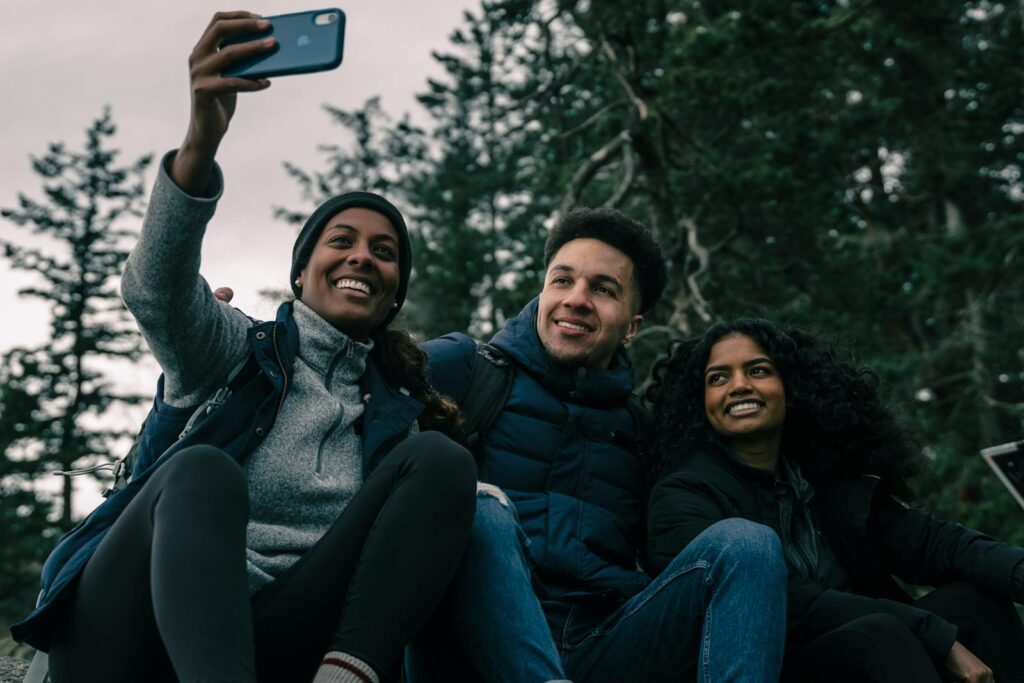
The transition to trail life benefits tremendously from connecting with experienced outdoor enthusiasts who can share knowledge, offer companionship, and provide safety in numbers. Explore local hiking clubs, outdoor retail store events, social media groups, and platforms like Meetup.com to find compatible adventure partners. Consider organized outings through organizations like the Sierra Club, Appalachian Mountain Club, or local recreation departments as entry points to the outdoor community. Look for mentorship opportunities where experienced hikers welcome newcomers, often through formal programs at outdoor organizations or informal connections at community events. Remember that finding the right outdoor community involves matching not just activity interests but also pace preferences, risk tolerance, and communication styles—take time to find groups where you feel both physically comfortable and socially welcomed.
Leave No Trace Ethics Implementation
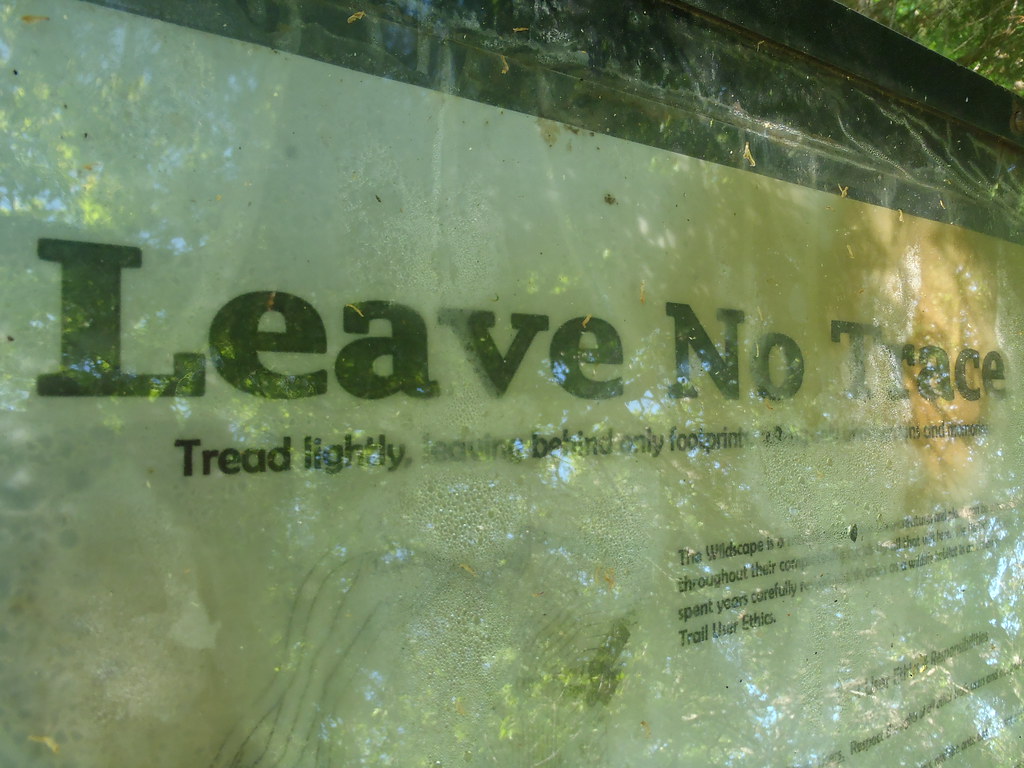
Responsible trail life requires adopting environmental ethics that may differ significantly from urban living habits. Study and internalize the seven Leave No Trace principles: plan ahead and prepare, travel and camp on durable surfaces, dispose of waste properly, leave what you find, minimize campfire impacts, respect wildlife, and be considerate of other visitors. Practice these skills in progressively more sensitive environments, recognizing that different ecosystems require adaptations to these general principles. Learn the specific regulations governing your chosen recreation areas, as rules about camping locations, food storage, fire restrictions, and group sizes vary widely. Make these ethics part of your pre-trip planning process, preparing appropriate waste management systems, studying low-impact techniques for your specific destination, and researching any special ecological concerns. Remember that Leave No Trace represents not just a set of rules but a mindset of respect and stewardship that preserves natural spaces for future generations and wildlife.
Meal Planning and Outdoor Nutrition

Nutrition strategies for trail life differ substantially from urban eating patterns, requiring adaptation to higher caloric needs, limited refrigeration, and weight constraints. Experiment with various outdoor food options—dehydrated meals, energy bars, trail mixes, and lightweight fresh foods—to discover what satisfies both your nutritional needs and taste preferences under exertion. Learn to calculate appropriate caloric intake based on activity level, weather conditions, and trip duration, typically ranging from 3,000-5,000 calories daily for active backpacking. Develop systems for food storage that protect both your supplies and wildlife, including proper use of bear canisters or hanging techniques in areas with large animals. Practice efficient camp kitchen setups that minimize fuel use, waste generation, and cleanup requirements while still providing satisfying meals. Remember that outdoor nutrition involves not just calories but also proper hydration and electrolyte replacement strategies, particularly important when physical exertion combines with environmental factors like altitude and heat.
Risk Assessment and Management
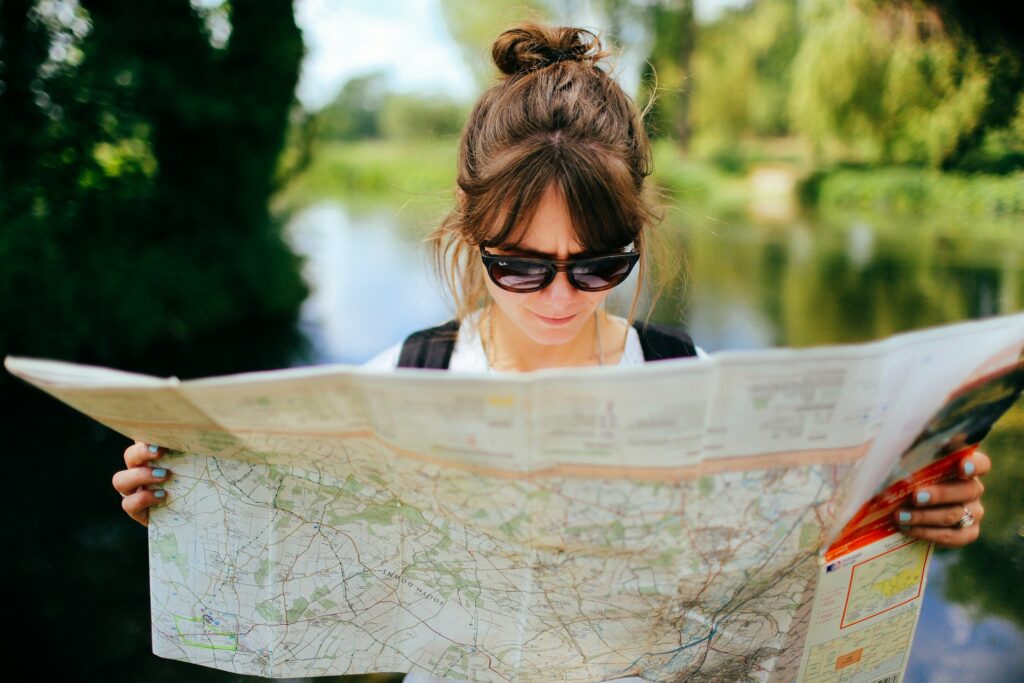
City life and trail life present fundamentally different risk profiles, requiring development of new assessment frameworks and decision-making skills. Learn to evaluate objective hazards (those inherent to the environment, like avalanche terrain or river crossings) and subjective hazards (those related to human factors, like fatigue or group dynamics). Practice the concept of “margins”—maintaining buffer zones in time, resources, and physical capacity that allow adaptation when conditions deteriorate or emergencies arise. Develop communication protocols with hiking partners and emergency contacts, including clear expectations about check-in procedures and action plans if communication deadlines are missed. Study incident analyses from outdoor accidents to understand common decision-making errors and create personal guidelines to avoid similar situations. Remember that effective risk management balances adventure with safety through continuous assessment, honest communication, and willingness to modify plans when conditions warrant—including the sometimes difficult decision to turn back or cancel trips entirely.
Psychological Adaptation Strategies

The mental transition from city to trail life involves adjusting to different stimulation patterns, comfort levels, and relationship with time and technology. Develop mindfulness practices that help you fully engage with natural environments rather than remaining mentally tethered to urban concerns and digital connections. Prepare for the emotional challenges that might arise—feelings of vulnerability in remote settings, discomfort with natural sounds at night, or anxiety about wildlife encounters. Practice progressive exposure to increasingly remote settings, allowing your comfort zone to expand naturally rather than forcing immediate adaptation to extreme wilderness immersion. Learn stress management techniques that work without urban comforts, whether through breathwork, journaling, or simple routines that provide psychological anchoring in unfamiliar environments. Remember that the psychological benefits of nature immersion—including stress reduction, improved mood, and enhanced creativity—often emerge fully only after an adjustment period where the mind learns to operate at nature’s slower, less stimulating pace.
Creating a Sustainable Outdoor Lifestyle
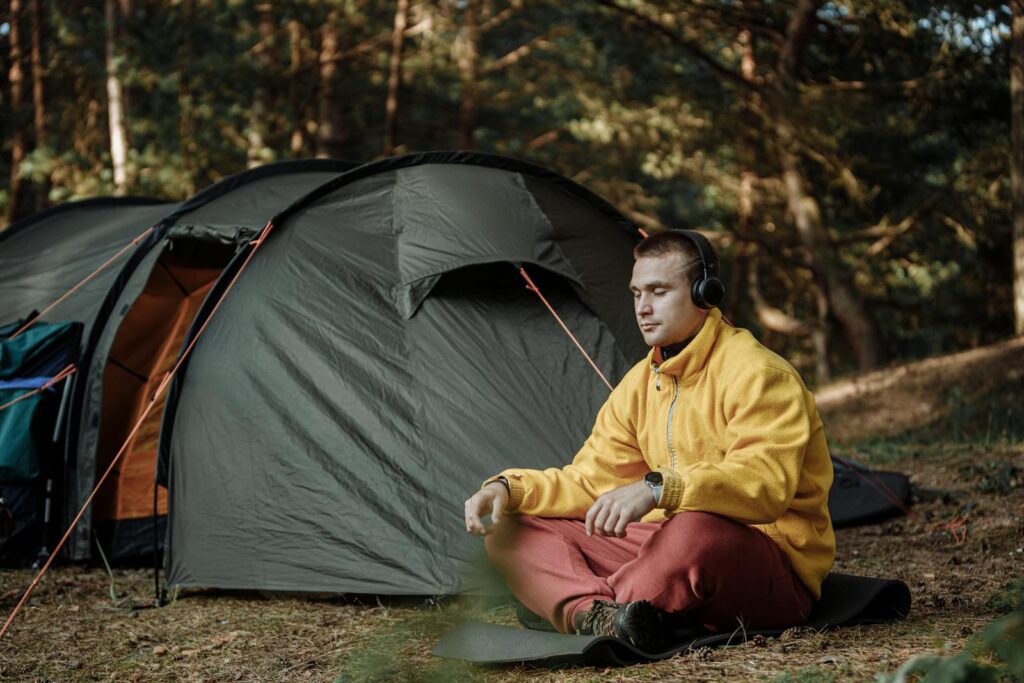
For many urban transplants, the initial enthusiasm for trail life eventually confronts the reality of balancing outdoor pursuits with work, relationships, and other life responsibilities. Develop realistic integration strategies based on your specific life circumstances—perhaps regular weekend adventures, microadventures on weekday evenings, or seasonal immersions during vacation periods. Consider how technology can support rather than detract from your outdoor lifestyle, using digital tools for trip planning, skill development, and connection with the outdoor community while establishing healthy boundaries around technology use during actual adventures. Create financial plans that support your outdoor pursuits sustainably, whether through budget reallocation, gear maintenance to extend equipment lifespan, or possibly career adjustments that provide more flexibility for trail time. Remember that a sustainable outdoor lifestyle evolves over years rather than materializing instantly—the most successful transitions involve patient integration of trail values and experiences into your existing life framework rather than unsustainable all-or-nothing approaches.
Embracing the Trail Mindset
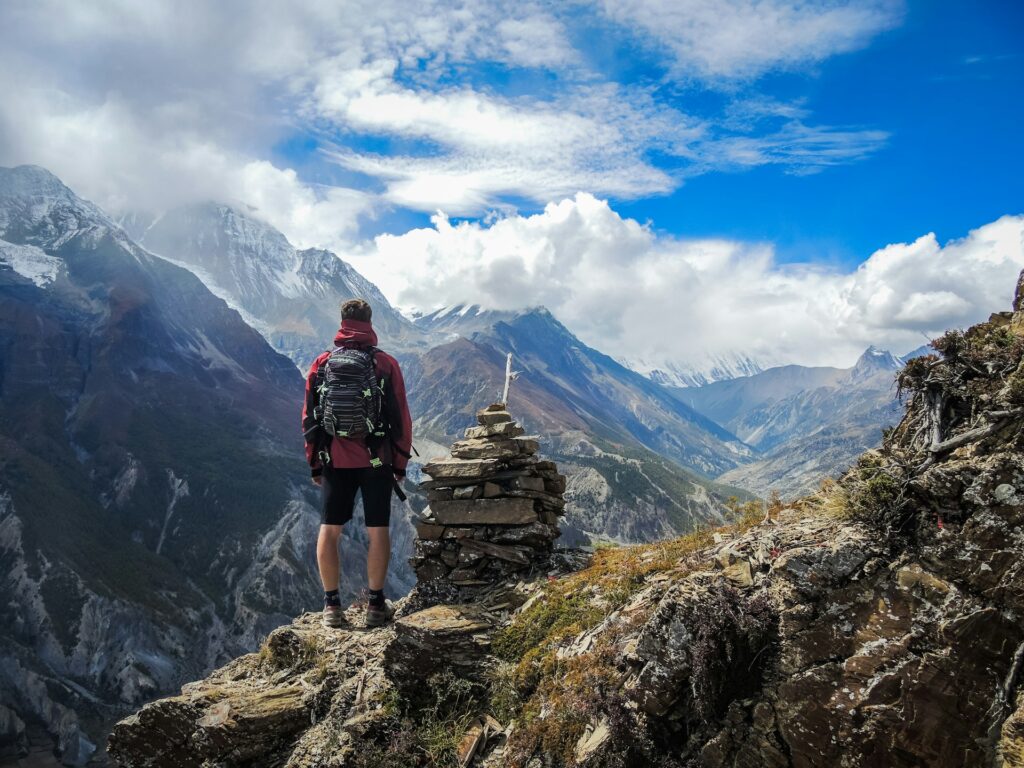
Perhaps the most profound aspect of transitioning from city to trail life involves adopting a different relationship with time, convenience, discomfort, and accomplishment. Cultivate appreciation for the slower pace of human-powered movement, learning to value the journey rather than focusing exclusively on destinations or mileage achievements. Develop comfort with temporary discomforts—weather exposure, physical exertion, basic accommodations—recognizing these as pathways to deeper experience rather than problems to be eliminated. Practice presence and observation skills that reveal subtle natural details typically missed by hurried visitors—seasonal changes, wildlife behaviors, geological features, and ecological relationships. Integrate reflective practices into your outdoor experiences, whether through journaling, photography, sketching, or simply dedicated time for contemplation of your natural surroundings. Remember that the trail mindset ultimately transforms not just where you spend your time but how you perceive success, value, and meaning—potentially influencing your approach to all aspects of life beyond the literal trail.
The journey from city streets to wilderness trails represents one of modern life’s most rewarding transitions, offering profound reconnection with natural rhythms, physical capabilities, and simpler living. By methodically building skills, gathering appropriate equipment, connecting with supportive communities, and adapting psychologically, urban dwellers can successfully bridge these seemingly disparate worlds. The path requires patience, humility, and willingness to learn, but rewards the traveler with experiences that transcend typical tourist encounters with nature. Whether you ultimately become a weekend warrior maintaining urban residence or transform into a full-time mountain dweller, the skills and perspectives gained through this transition will forever alter how you perceive both natural and built environments—revealing the interdependence and unique values of each world.

